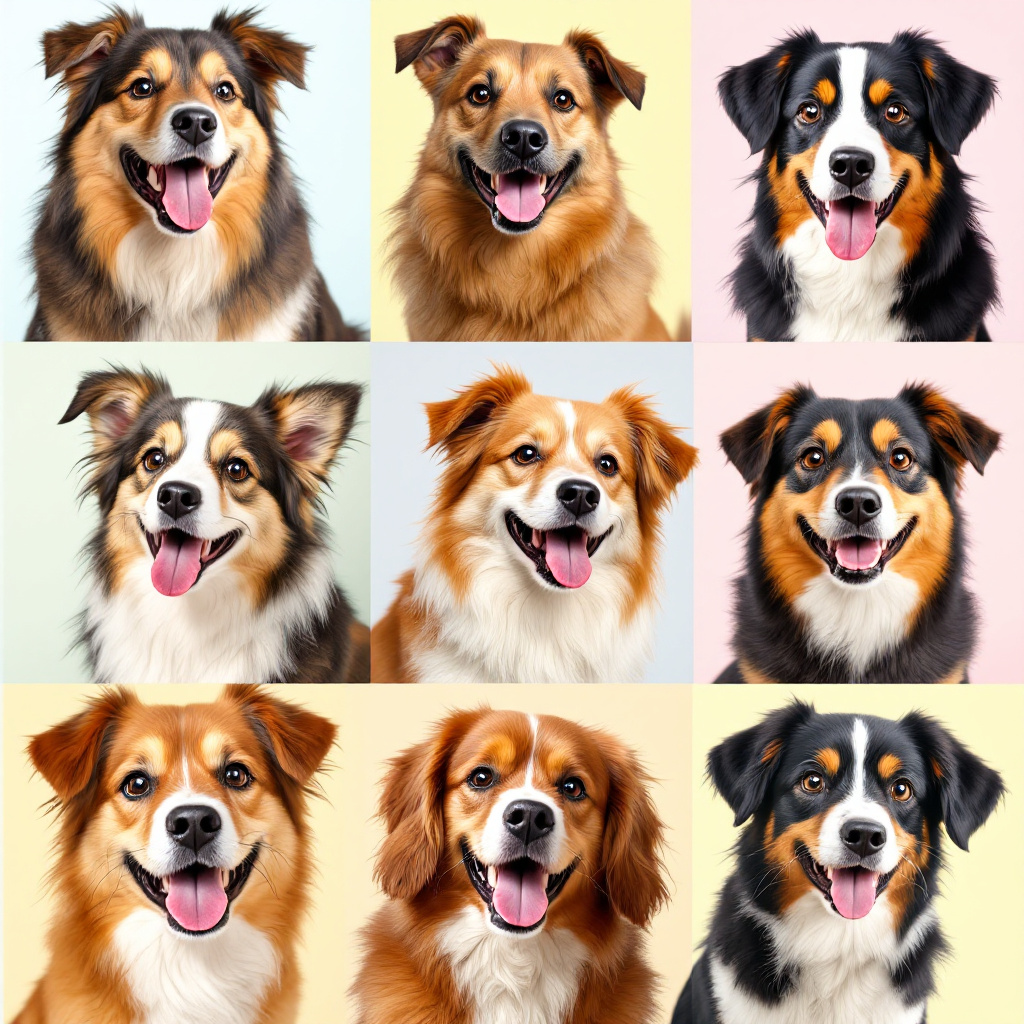The art of cat nutrition: A guide for small breeds
Anyone who has taken heart and shared their home with a small velvet paw knows that feeding our little friends is not witchcraft, but it is an art in itself. The basics of cat nutrition is crucial to ensure that our little furbabies are not only full, but above all healthy. So, grab a cup of coffee (or catnip tea if you want to get fully immersed in the subject) and join us as we delve into the world of cat nutrition.
Why nutrition counts, especially for small cat breeds
Small body, big needs - this is especially true for miniature pussies. Their metabolic rates are often higher than those of their larger counterparts, which means that their nutritional needs must be specifically adapted. Not to mention that every cat's life, especially during the growth phases, has special nutritional requirements.
The pillars of cat nutrition
Although every cat is unique, there are basic nutrients that no cat bowl should be without. Here is a brief overview:
- Proteins: The be-all and end-all for every kitty. High-quality animal proteins are at the heart of cat nutrition, keeping our pets muscular and strong.
- Fats: Provide energy and help to keep the coat shiny and the skin healthy. However, balance is the magic word here.
- Carbohydrates: Less is often more here, as our carnivorous friends cannot utilise carbohydrates as efficiently. But a certain amount is important for energy.
- Vitamins and minerals: From A to zinc - cats need a variety of vitamins and minerals to strengthen their immune system and keep their bodies in top form.
- Water: The underestimated hero substance. A constant supply of fresh water is essential for your cat's health.
The golden rule: water is life
Water may seem inconspicuous, but it keeps the little body going. A steady supply is critical to prevent kidney problems, which are unfortunately common in cats. Side tip: Many cats love to drink running water. So perhaps invest in a cat fountain, which not only increases the desire to drink, but is also a fascinating toy at the same time.
The little 1×1 of food selection
Ready-made food versus home-cooked, dry or wet food? The choice can be overwhelming. Here are a few points to help you decide:
- Quality before quantity: Look out for high-quality ingredients and avoid products with artificial additives and fillers.
- The right amount of protein: Look for products that have animal proteins at the top of the ingredients list.
- Wet food for hydration: Wet food can help to support the fluid balance, especially in cats that drink too little.
- Dry food for the teeth: In moderation, dry food can help to clean the teeth and strengthen the chewing muscles.
The spice is in the change: variety in the cat diet
Variety in the diet not only keeps your cat's curiosity alive, but also ensures that it receives a broad spectrum of nutrients. Alternating between wet and dry food, different protein sources and occasional healthy treats can enrich the diet.
Special needs of special friends
Every cat is an individual with its own needs. Age, activity level and health status play a major role in putting together the perfect menu. A senior with joint problems may need more omega-3 fatty acids, while a little whirlwind needs extra energy in the form of fat. Be mindful and adjust the diet accordingly.
Feeding correctly: quantity and timing
How much and how often? These are the questions that many cat owners ask themselves. There is no one-size-fits-all answer, but there are guidelines:
- The amount depends on the weight, age and activity of the cat.
- Adult cats often benefit from two meals a day, while kittens should be fed more frequently.
- Take your cat's individual needs into account and adjust the feeding plan accordingly.
Final thought: The way to the heart is through the stomach
The The basics of cat nutrition is the first step in helping your little friend live a long, healthy and happy life. It's not just about filling the bowl, but about filling it with care and love. After all, love for our cats is not just about cuddles and play, but also about looking after their well-being - starting with the right food.
„
FAQs
What is the right diet for cats?
In the wild, cats eat various small meals every day: Hunted mice, birds, fish and insects - whole, i.e. including offal, stomach contents, bones and fur. This provides cats with everything they need to live: proteins, fats, carbohydrates, fibre and fluids.
How do I feed my cat properly?
Simply cook your tiger an unseasoned piece of meat: most cats love chicken, turkey and beef in particular. But vegetables, fruit, boiled eggs and small amounts of quark and yoghurt are also allowed.
How do you feed a cat a healthy diet?
The question "What is a cat's favourite food?" can therefore be answered with meat, poultry, offal and sometimes fish. Fats are also an important part of the Nutrition for catsbecause they provide part of the energy that the velvet paw burns during the day.
How much food does a cat need per day?
How much dry and wet food you should give your cat per day depends - among other factors - on its weight and size. An adult cat of average size and weighing around 4 kilograms eats 35 to 70 grams of dry food and 210 to 300 grams of wet food per day.
Author
-

David is a passionate aquarist with more than 20 years of experience in setting up and maintaining freshwater and saltwater aquariums. He specialises in the biodiversity of aquatic ecosystems, aquascaping and the species-appropriate keeping of aquarium fish. His articles on haustierewissen.de are a treasure trove for aquarium enthusiasts looking for sound advice and creative ideas for their underwater worlds.
View all posts




